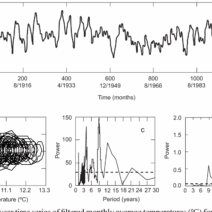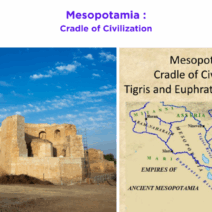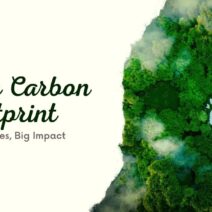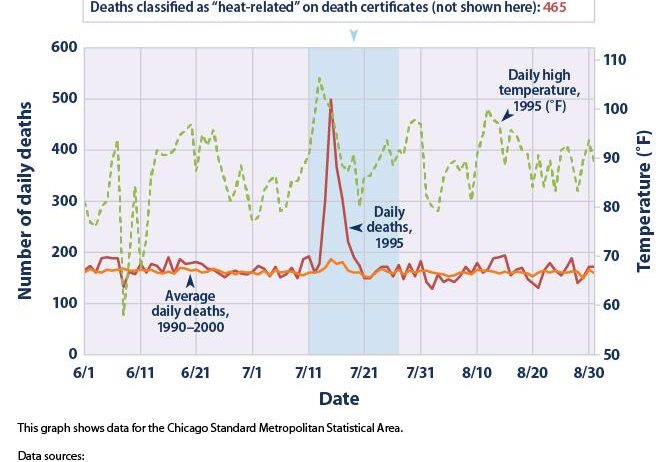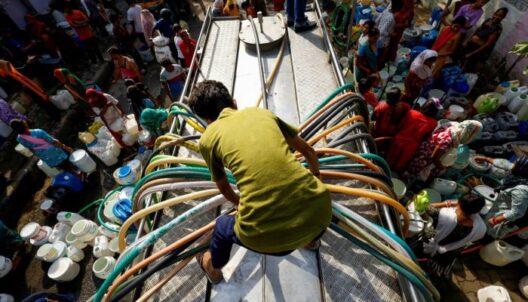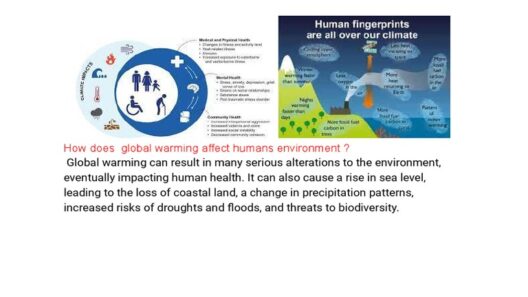The specter of global warming looms over the planet with a gravitas akin to a looming storm, casting shadows over ecosystems, weather patterns, and the very fabric of human civilization. This phenomenon, characterized by the progressive accumulation of greenhouse gases in the atmosphere, incites a cascade of catastrophic consequences that threaten to reshape our world in profound and often irreversible ways. The severity of these impacts invites a deeper contemplation of what climate change means for humanity and the natural world.
At the heart of climatic upheaval lies the notion of erratic weather patterns, which can be likened to an unpredictable puppeteer tugging at the strings of the atmosphere. Over the last century, the increase in atmospheric carbon dioxide levels has precipitated unprecedented shifts in weather variability. Floods, droughts, hurricanes, and heatwaves have transformed from mere statistical probabilities to harrowing certainties. The once-predictable cycles of seasons have become disordered; the reliability of agricultural yields has diminished under the weight of such atmospheric caprice.
Extremes in temperature manifest as palpable harbingers of the climate crisis. Heatwaves, resembling nature’s pyre, have set ablaze vast swathes of arable land, ravaging crops and endangering food security. The human body, that intricate vessel of life, is ill-equipped to withstand the scorched earth paradigm that is emerging. Studies forecast a surge in heat-related illnesses and fatalities, particularly among vulnerable populations such as the elderly and outdoor laborers. In essence, the increase in average temperatures serves as a prelude to a symphony of suffering, writ large across the global stage.
Simultaneously, the hydration that nourishes the planet is under siege. Prior to this climatic upheaval, freshwater was often taken for granted. Climate change has ushered in a new era marked by the specter of water scarcity. Glacial melt, once a steadfast reservoir, is retreating into the annals of history; aquifers are being depleted at an alarming rate. The metaphorical desertification of our resources begs the question: can societies thrive when their vital fluid becomes a precious commodity? Water scarcity not only impacts agriculture but also heightens geopolitical tensions, as nations vie for dwindling resources. This competition may well become the flashpoint of future conflicts.
An essential yet often overlooked consequence of climate change is the inexorable rise in sea levels. The polar ice caps, the Earth’s cooling crown, are melting with disconcerting rapidity, contributing to the encroaching tides that threaten coastal cities worldwide. The displacement of populations along these shorelines paints a tragic tableau—a diaspora driven not by choice, but by necessity. As homes succumb to the embrace of rising waters, the loss of culture and history compounds the plight of environmental refugees, rendering this narrative one of multifaceted tragedy.
Moreover, the biological realm of the planet is undergoing seismic shifts as a direct result of these climatic perturbations. The delicate equilibrium of ecosystems has been disrupted, akin to an orchestra with a rogue conductor. Species extinction rates are soaring; projections suggest that up to one million species could face extinction in the coming decades if current trends persist. The loss of biodiversity—our planet’s insurance policy—threatens ecological resilience, limiting nature’s ability to adapt and rejuvenate. The metaphor of a fraying web rings particularly true, for as one strand weakens, the entire structure risks collapse.
Forecasts predict that as global temperatures rise, the spread of vector-borne diseases will burgeon. As bellwethers of public health—mosquitoes and ticks—expand their territory, regions previously unacquainted with ailments such as malaria and dengue fever find themselves on the precipice of a health crisis. This insidious spread of pathogens underscores the acute awareness that climate change is a bona fide threat not only to our climate but to our collective human health.
As we grapple with the multifaceted impacts of climate change, it becomes increasingly evident that the solutions proffered must be as inventive and dynamic as the challenges themselves. The transition to renewable energy sources stands as a clarion call for action. By harnessing the inexhaustible power of the sun, wind, and water, societies can pivot away from the fossil-fueled past that has driven us to this crisis. Reforestation initiatives, sustainable agriculture, and innovations in technology beckon as essential strategies to mitigate the damage caused and to pave the way for a more resilient future.
Furthermore, there is a profound need for collective action on a global scale. International cooperation must transcend political and economic boundaries, for the climate crisis is indifferent to borders. Initiatives such as the Paris Agreement highlight the communal effort required to curtail emissions and limit global temperature rise. This is not merely an environmental imperative; it is a moral obligation to safeguard the planet for future generations.
Therein lies the crux of our odyssey towards a sustainable tomorrow: the recognition that combating climate change demands more than just strategies and policies—it necessitates a paradigm shift in our relationship with the Earth. It calls for humanity to embrace stewardship over dominance, to regard nature not merely as a resource to exploit but as an irreplaceable partner in our collective existence.
In conclusion, the tragic narrative of catastrophic climate change is one that hinges upon urgency. The impacts, which are already being felt acutely, foretell a future fraught with adversity. Yet within this tale lies the potential for resilience, innovation, and unity, as humanity confronts one of its greatest tests. It is in our hands to redefine the story—transitioning from one of catastrophe to one of hope, towards a narrative of restoration and renewal for our planet and all its inhabitants.
